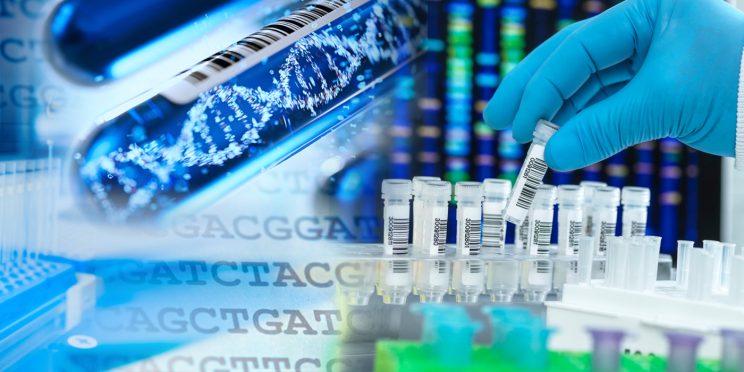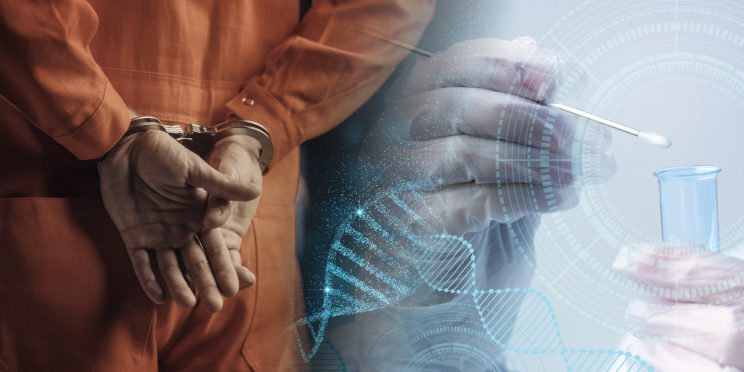This webinar originally occurred on May 2nd, 2019
Duration: 1.5 hours
Overview
Historically DNA technology has been used as a last resort in the identification of disaster victims. Traditional DNA testing can be a lengthy process and can be costly having to send samples out to laboratories and waiting for the results. Rapid DNA technology can cut the time and costs for DNA testing drastically as it can produce viable DNA profiles in only 90 minutes. In 2015 the Department of Homeland Security (DHS) Science and Technology Directorate (S&T) began exploring the use of Rapid DNA technology in mass fatality responses. Rapid DNA instruments were deployed to mass fatality incident drills and exercises to test different capabilities. DHS S&T was able to identify and mitigate potential logistical challenges and determined that these instruments are easy to use and effective. Just-in-time training is effective, sample collection is simple, and the instruments produce real-time results in the same time it takes a family to complete a victim identification antemortem interview.
In November of 2018, California experienced its deadliest destructive wildfire in history. The Camp Fire in Butte County, CA tragically took the lives of 85 people in a matter of just a few hours. Due to the heat and intensity of the fire, traditional methods of identification were not feasible. The Butte County Sheriff’s office turned to Rapid DNA in order to identify the victims. ANDE provided instrumentation and staff for the DNA for the unprecedented response efforts. The quick and accurate identification of these victims demonstrates that Rapid DNA is a viable option for disaster victim identification. This rapid response not only saved time and money, but brought information and understanding to the families of those victims much faster than traditional DNA testing methods.
Detailed Learning Objectives
- Understand how the Department of Homeland Security Science and Technology Directorate has used Rapid DNA technology in mass fatality response operations.
- Become aware of how mass fatality response exercise participants welcomed the use of Rapid DNA to identify victims.
- Appreciate how Rapid DNA was used in the 2018 Camp Fire mass fatality human identification response to quickly identify victims.
Presenters
- Dr. Amanda Sozer | Founder and President of SNA International
- Dr. Richard Selden | Founder and Chief Scientific Officer at ANDE
Funding for this Forensic Technology Center of Excellence webinar has been provided by the National Institute of Justice, Office of Justice Programs, U.S. Department of Justice.
The opinions, findings, and conclusions or recommendations expressed in this webinar are those of the presenter(s) and do not necessarily reflect those of the U.S. Department of Justice.
Contact us at ForensicCOE@rti.org with any questions and subscribe to our newsletter for notifications.




